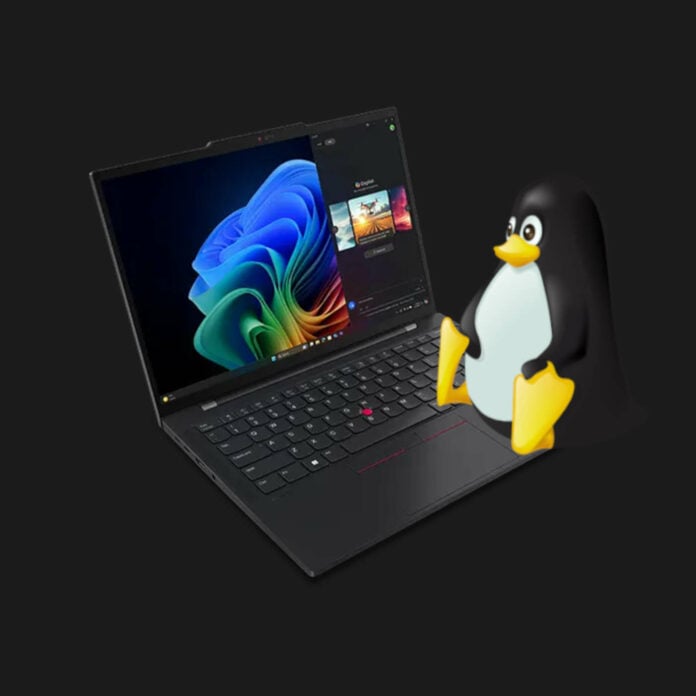Seeing the ongoing improvements of Linux-based systems spearheaded by Valve’s Steam Deck handhelds, many users have started wondering if it’s time to swap Windows for a Linux distro. It’s a question only you can answer based on your own needs, but your hardware could influence your decision, as AMD RDNA 3.5 is surprisingly more muscular in the open-source software in some tasks than it is in Microsoft’s alternative.
To check which tasks are better suited to Linux, folks at Phoronix took a Lenovo ThinkPad T14s Gen 6 laptop on a ride with Windows 11 Pro and Ubuntu 25.04 at the helm. Powered by an AMD Ryzen AI Pro 360 processor featuring a Radeon 880M RDNA 3.5 GPU, the six-month-old machine showed some interesting results, especially now that drivers are more mature.

Starting with the vkpeak benchmark, which stresses the GPU through the Vulkan API, the RDNA 3.5 iGPU showed mixed results with Windows and Linux trading blows. While Linux managed to outperform Windows in FP32-scalar and FP16-scalar, the latter took back the lead in FP32-vec4 and FP16-vec4.

Moving to OpenGL using the Unigine Heaven 4 benchmarks, Windows claimed a 20% lead even though the app is also optimised for Linux. The same thing happened in Unigine Superposition where Microsoft claimed another win. Note, however, that while Windows offers better overall performance, Linux isn’t far behind. With time, Linux driver optimisation could catch up with Windows.

That said, Linux isn’t without defence either. In the first-person shooter Xonotic, the open-source OS managed to grab a win at all graphics presets. It goes to show how optimisation can make games run well anywhere. But, when ray tracing enters the party, things change. In Quake II RTX for example, RDNA 3.5 was consistently better on Windows 11.

Lastly, moving to FurMark which offers both OpenGL and Vulkan API support, the results were once more mixed, with each OS racking up wins regardless of the API.
Overall Linux performance continues to show a steady improvement over time, sometimes even claiming wins against a well-established Windows. While performance will depend on each app, the latest Mesa RADV drivers are doing some heavy lifting already. Add to that the ongoing development of translation layers such as Proton, and Linux may become a compelling option for gamers.


